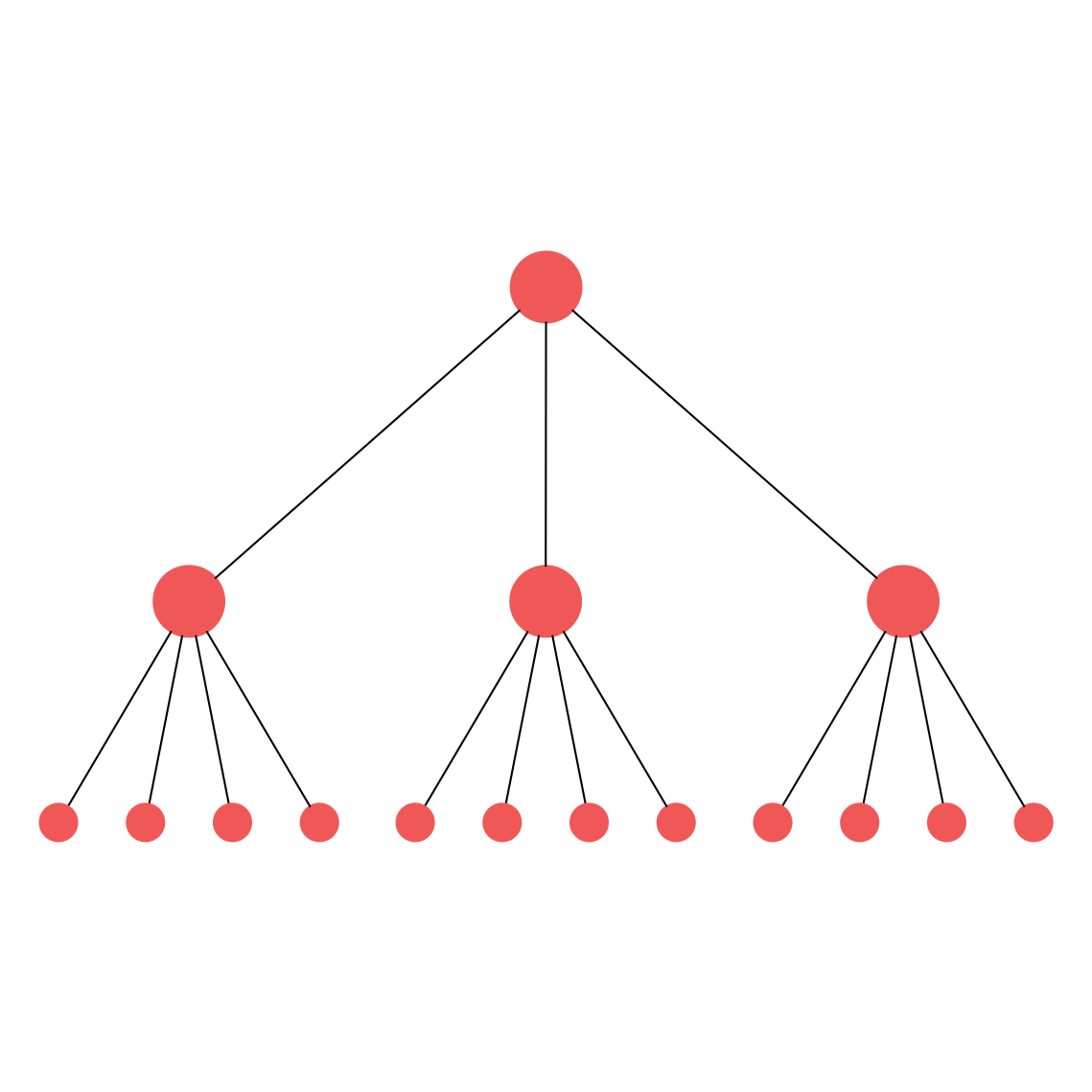A management structure describes how a company organizes its management hierarchy. In almost all organizations, a hierarchy exists. This hierarchy determines the lines of authority, communications, rights and duties of that organization. Within an organization, the structure differs, depending on Board, Middle and Lower management.
Usually, a marked hierarchy prevails at the Lower Management.

Lower Management
The Middle Management is usually based on business functions that collaborate on decision making as the situation requires.

Middle Management
At Board Level and Upper Management, a decentralized structure prevails. The decision making power is equally distributed and the departments and divisions may have different degrees of independence.

Board Structure
Management Structures are strongly influenced by the social and cultural norms:
- In egalitarian countries, such as Sweden, companies tend to have a flatter, less hierarchical organizational structure. When IKEA, a Swedish company, opened stores in the United States, many American employees were uncomfortable with different employees all having the same title.
- Toyota, one of the leading Japanese automobile manufacturers in the world, the company employs a hierarchical structure, which supports its business goals and strategic aims.
- At Hong Kong’s largest export trading company, Li & Fung, networking is prioritized, which includes networking inside the company, networking outside the company, and across the whole ecosystem.
- U.S.-based manufacturer W.L. Gore follows a Lattice structure that makes more direct contact and interconnection among associates to make a decision or get information.
- At Zappos, Holacracy is the framework to structure, govern, and run the company. In this structure, power is removed from the management hierarchy and distributed across the organization.

Lattice Structure
According to Tony Hsieh of Zappos:
Research shows that every time the size of a city doubles, innovation or productivity per resident increases by 15%. But when companies get bigger, innovation or productivity per employee generally goes down. So we’re trying to figure out how to structure Zappos more like a city, and less like a bureaucratic corporation. In a city, people and businesses are self-organizing. We’re trying to do the same thing by switching from a normal hierarchical structure to a system called Holacracy, which enables employees to act more like entrepreneurs and self-direct their work instead of reporting to a manager who tells them what to do.
References
| ↑1 | Holacracy: The New Management System for a Rapidly Changing World |
|---|---|
| ↑2 | Reinventing Organizations: A Guide to Creating Organizations Inspired by the Next Stage of Human Consciousness |




